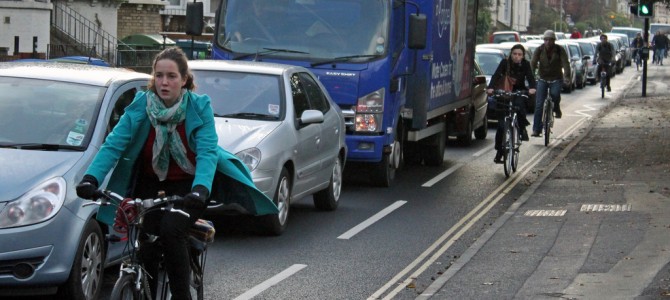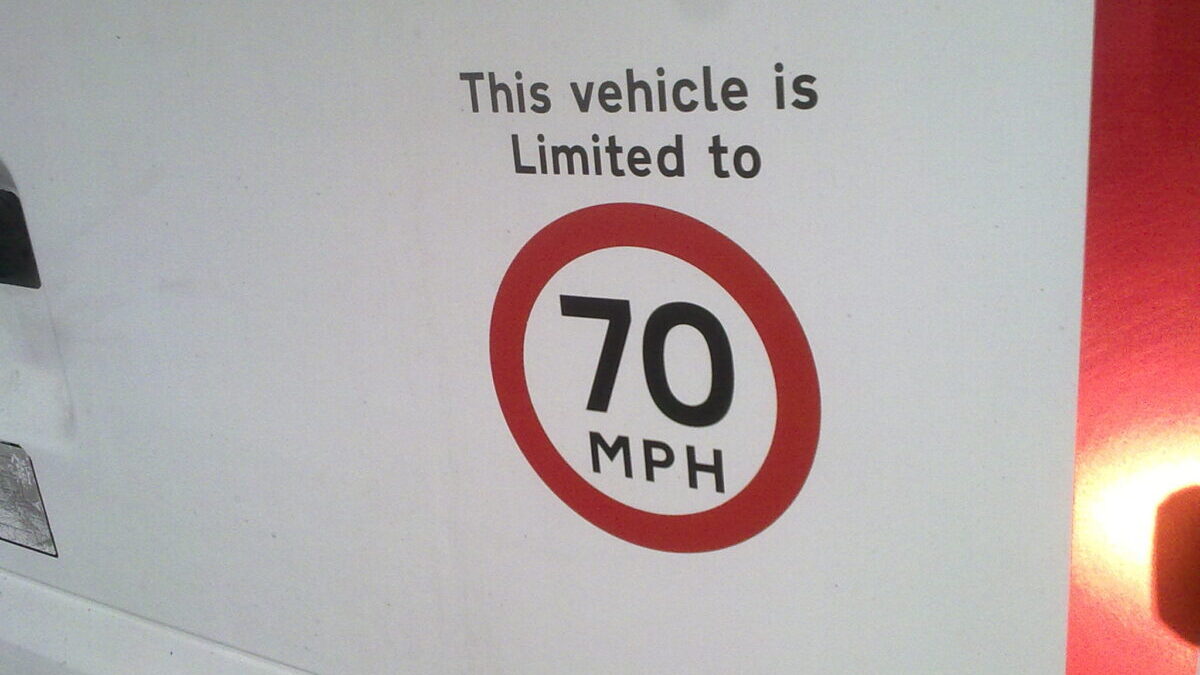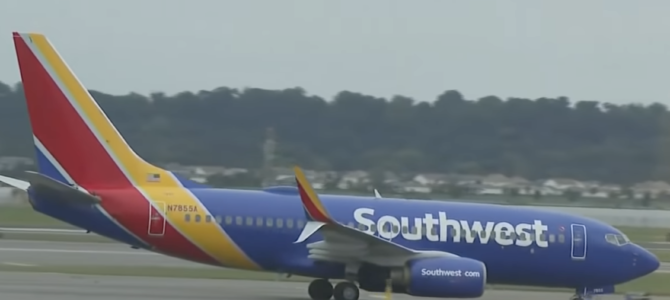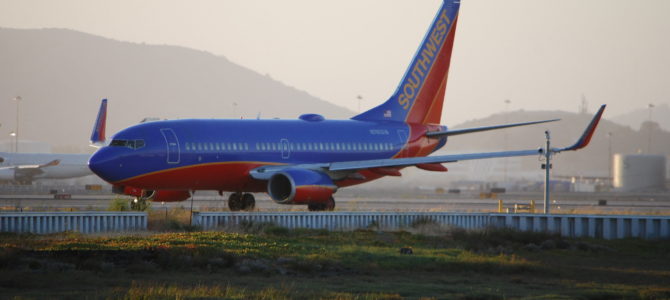
Those of us who drive cars in the city on a regular basis frequently complain about the inconvenience of having to share the road with bicyclists, while the 2 to 4 percent of the population that bike daily complain about the cars. The bumper stickers say it all, and have essentially divided the motor vehicle community into pro-bikers and anti-bikers. At least, from the view of my driver’s seat it seems that way. “Give bicycles 3 feet of space!” says a cheery orange sticker with three cartoon footprints. “My other car is a bicycle,” says another, and a multitude of others implore us to “share the road.”
Then there are the drivers like me, who grow red in the face when stuck behind a bicyclist going 25 in a 40 mile-per-hour zone. And I know all the cars behind me that have a view of the culprit are resisting, or giving into, the urge to slap the horn or roll down the window and vent their frustration in the impolite, occasionally vulgar fashion customary of city drivers.
Even if you have the cute bike-safety bumper stickers, when you’re inconvenienced on the road, it’s hard to find empathy unless your “other car” really is a bicycle, and it’s even harder to actually execute that ideal “three feet of space” on narrow roads with non-existent sidewalks, or when there are sidewalks, but the bicyclists prefer to ride in the car lane.
In my home town of Seattle, bicycling isn’t something you do, it’s something you are. Our previous mayor, Mike McGinn, is well-known as being a faithful bicycle commuter, and we have several thousand tax dollars currently going toward our current mayor’s “Walk-Bike-Ride Initiative.” But this great divide in Seattle road users can be closed, and it’s grounded on a value both the Left and the Right espouse: equality.
The Road Rules Are Unequal
Not every state is as liberal as Washington when it comes to bicyclists, but it’s not an uncommon breed of policy. Although I have great respect for those who are committed to a healthy lifestyle, being environmentally conscious, or just a fatter wallet, the Left’s approach to regulating cyclists does not promote harmony and happy commuters; instead, it is divisive, unfair, and even dangerous.
Let’s take a look at Washington’s bike laws, for instance. Washington’s bicycle policies have:
- No helmet law;
- No “separated facilities” law, meaning no requirement for a cyclist to use the bike lane if one is available;
- No formal charges or fees for bicycling under the influence;
- Laws that say bikers are a pedestrian when on the sidewalk and a non-pedestrian when in the road;
- Fines of up to $5,000 for motor vehicle drivers found to have endangered or caused substantial bodily harm to a bicyclist, regardless of the latter’s compliance with law or safety measures;
- Authorization for police to transport intoxicated riders, unless the rider refuses this service;
- No fee for reclaiming impounded bicycles (though I’ve never heard of a bicycle being impounded);
- No registration requirements; and
- No road law competency testing (an equivalent to a driver’s test).
Oregon’s policies are much the same in the main rules, except they do have a separated facilities law, and prosecution for bicyclists found to be riding under the influence. Denver has recently decided to prosecute biker DUIs as well.
On a national level, only 22 states and 201 localities have laws requiring bicyclists to wear a helmet, compared to 49 U.S. states and territories that have seatbelt laws. All states have DUI laws, while only four states have BUI laws (biking under the influence), and 24 states’ statutes actually say bicyclists are exempt from the DUI laws.
To be fair, there are some common-sense rules for bicyclists on the books in Seattle, including lamp and reflector laws for riding at night, keeping left, and the duty to alert a pedestrian ahead of you by sound in order to avoid collision (it’s been my experience that this one is frequently neglected). Seattle does have a helmet law. All municipalities in Washington have the authority to enforce bike laws with fines and penalties, but the only penalties I have found to actually be administered by traffic police are speeding tickets.
Start With Fair Enforcement
Laws are nothing but legalese if not enforced by local authorities. We might as well have Beetle Bailey writing our legal codes.
Enforcing the laws we have on the books is the first step toward equality among road users, but in order to achieve true equality, we must regulate, fine, and prosecute bicyclists to the same extent and regarding the same concerns as drivers, including safety and traffic congestion. That may sound extreme (after all, bicycles and cars are clearly different, and cars can do a lot more damage if driven improperly), but when you compare the regulation and taxation of drivers to that of cyclists, a great disparity becomes apparent.
Drivers must “click it or ticket,” and are restricted from using their phones while driving. Drivers face stiff penalties and criminal records for reckless or drunk driving. They don’t have the choice to “refuse transport” if they’re found to be under the influence—you get shoved into that back seat whether you like it or not. You could lose your license.
Nationwide, young adults have to jump through hoops just to become a driver. If you want a license in Washington, for instance, you take a driver’s ed course (or must wait for your permit until you turn 16) and have to log several dozen hours of day and night driving with the supervision of a licensed family member or someone over the age of 25. Then you must pay $20 to take a written competency test and a practical driving test that includes parallel parking (I barely scraped by on that one).
Time for Cyclists to Pay Their Share
If a driver wants to buy a car, they pay an assortment of fees which total, at the lower end of the scale, around $125, on top of the 8 percent if you paid Washington State and local sales taxes, or if they bought the vehicle out of state, a use tax of 0.3 percent. And once they’ve done all that, drivers regularly pay tolls on an array of bridges, and renewal fees for car tabs every year.
In comparison, bicyclists have a sweetheart deal. While drivers face heavy regulation to address safety concerns, reduce traffic congestion (allegedly), and raise revenue for maintaining roads and bridges—including bike lanes—cyclists can simply hop on their bikes, strap a helmet on (if they are so inclined), and pedal up and down sidewalks and roads with virtual impunity and without having to pay an equal share of the costs for maintaining those facilities.
True, many of them own cars as well, but each car, and each trip by car, bequeaths a sizeable portion of your wallet to city and state governments (let’s not forget gas taxes). The more you drive, the more you pay. Why should it not be the same for cycling? It is only fair that cyclists pay the same level and types of taxes, tolls, and fees that cars do, as users of the city’s transportation facilities. Whatever percentage of road users cyclists comprise, they should carry an equal percentage of the revenue burden.
In other words, they should pay their fair share.
Road Inequality Is Dangerous
Inequality, as the Left says, drives people apart. Is it any wonder drivers are so frequently, and vocally, irritated with cyclists? As a driver, I see this issue as just the tiniest glimpse into the frustration of the 99 percenters, who seem to truly believe they are being wronged by the 1 percent. But as previously stated, it isn’t only about the money. It’s about the practical unfairness that happens on the city streets every day. While drivers are pulled over and ticketed for holding their cell phones, driving without a seat belt, or failing to use a turn signal, cyclists do not have to abide by any such rules.
The gross inequality of the streets doesn’t end there. Though not really reflected in the letter of the law, in a very real sense bicyclists can be pedestrians and vehicle users—whichever is most convenient. If I had that kind of dual-mode flexibility to make my commute easier, I’d do the same thing.
Many sidewalks in the city have some sort of barrier—a raised curb, a line of trees—that protects sidewalk users from high-speed traffic. Cyclists take advantage of this protection, especially during the winter months, when it serves as a splash guard. As a pedestrian, it’s now an unbreakable habit for me to look over my shoulder every 30 seconds or so as I pound the protected sidewalk on the way to work to make sure I’m not about to be suddenly overtaken and thrown off balance by a cyclist coming from behind. The great majority of the time, they don’t let you know they’re coming.
Special Treatment for the Cyclist Class
When it’s convenient, however, cyclists can move off the sidewalk into the road. Whatever the speed limits are, they don’t apply to cyclists. If you can only pedal up to 20 miles per hour in a 30 mile-per-hour zone, that seems to be acceptable, as long as you keep right—but even then, the chances of you getting pulled over for riding in the center are akin to that of a basketball team coming back to Seattle. Yes, cyclists can be ticketed for speeding, but unlike drivers, they can’t be ticketed for impeding traffic by driving too slow.
Additionally, they are not penalized for not wearing a helmet, or refusing to yield to pedestrians on a sidewalk, or using the appropriate hand signals. Traffic infractions committed by cyclists are supposed to be $42, according to IRLJ 6.2 Monetary Schedule for Penalty Infractions. RCW 46.61.755 clearly states that, “Every person riding a bicycle upon a roadway shall be granted all of the rights and shall be subject to all of the duties applicable to the driver of a vehicle.” Yet the law of the land, which is supposedly aimed at curbing dangerous behavior on the roads, doesn’t seem to translate into reality, despite the fact that the city has had 15 bike-related deaths over the past six years.
Yes, police can write the same ticket for traffic violations to cyclists that they can to drivers, but by and large they don’t. And even if they did, there is no “record” for bicyclists to have those tickets shown on, because bicyclists don’t have licenses.
Given the sharp contrast in regulation between these two classes of road users, how can we, on both the Left and the Right, suffer these injustices perpetuated by our government and law enforcement?
We stop one class of road users at the toll booth, while the other gets a pass. We keep a record of wrongs for one class, and turn a blind eye to the wrongs of another; we enforce safety regulations on one group, and yet fail to hold the other to the same standard, ultimately putting everyone’s safety at a greater risk. While the burden of maintaining the infrastructure, safety, and order of our public transportation system for both groups clearly falls on one class, our apathy perpetuates inequality. Yes, we should share the road, but we must also share its responsibilities.









